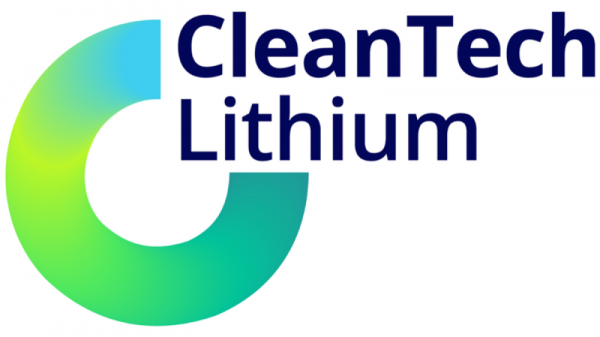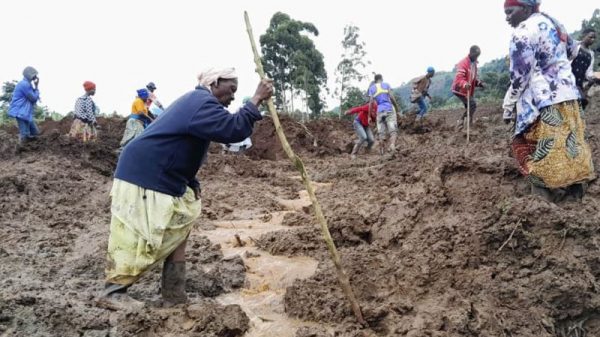The Neretva River carves its way through Bosnia and Herzegovina’s impenetrable forest. A mesmerizing blue-green, it runs 140 miles (225 kilometers) from deep within the Dinaric Alps to the Adriatic Sea – at some points disappearing into subterranean channels before re-emerging in bubbling springs.
One of the coldest rivers in the world, it is home to unique ecosystems and myriad rare species, from marble trout and yellow-bellied toads to the elusive olm – blind salamanders that live in the river’s network of caves.
But this could change. The river, like many worldwide, is threatened by dams. According to the Center for Environment, a Bosnian conservation organization, more than 50 hydropower projects are proposed along its length and its tributaries, with almost half of these planned for the upper reaches, which have so far remained wild and unobstructed.
These dams could harm not only the river and its inhabitants but the wider environment that depends on this unique waterway.
A rush to build dams along this Balkan river could threaten wildlife
At Ulog, a village on the Neretva, you can see the potential destruction firsthand. A 35 megawatt hydropower plant with a 53-meter high dam is in the advanced stages of construction: felled trees line the river bank, making way for what will become a reservoir, and access roads for logging trucks and construction vehicles cut like scars through the forested landscape.
It’s here, just upstream of the construction site, that more than 60 scientists from 17 countries converged in June for “Neretva Science Week.” Most had traveled there as self-funded volunteers, united in a common purpose: to save the Neretva.
“They want to help us save this remarkable river,” says Ulrich Eichelmann, CEO of Riverwatch and coordinator of the Save the Blue Heart of Europe campaign to protect Balkan rivers. “It’s probably one of the most biodiverse and valuable rivers in Europe, and at the same time, it’s the most threatened.”
Dammed up
Europe has the most obstructed river landscape in the world, with more than one million barriers, from dams and weirs to ramps, fords and culverts, according to an EU research project. This has taken its toll on wildlife, with one in three freshwater fish species threatened with extinction.
But the Neretva has managed to remain relatively unscathed, fostering a healthy ecosystem including what scientists believe could be one of the last spawning areas of the endangered soft-mouthed trout.
It’s probably one of the most biodiverse and valuable rivers in Europe, and at the same time, it’s the most threatened.”
Ulrich Eichelmann, CEO of Riverwatch
It is this brown, unremarkable-looking fish that brought Kurt Pinter, a freshwater ecologist, all the way from Vienna, Austria in his retro orange campervan to study the river. Using techniques such as electro-fishing – a process that creates an electric field in the water to attract fish towards a net – and environmental DNA samples, he hopes to find evidence of the species living and breeding in the upper Neretva and its tributaries, providing ammunition against the proposed hydropower projects.
Dams, weirs, and all shapes and sizes of hydropower projects can endanger fish species because they block or hamper migration, he explains. In a natural river system, fish usually spawn in upstream areas and feed and mate downstream.
“This open system is really important for the fish to migrate into areas where they have very high reproductive success,” he says. The proposed dams along the course of the Neretva would disrupt the soft-mouthed trout’s breeding cycle and, he fears, push the already-endangered species to extinction.
While the loss of a single species is devastating, the impact does not stop there. “If you take the fish out of this river, then the surrounding environment, the surrounding terrestrial species will be affected,” says Pinter.
At Neretva Science Week, it’s not just fish experts who are concerned. There are specialists studying bats, fungi, butterflies and bears, among others. All believe that hydropower projects could have dire consequences for their chosen species group.
“It’s all connected,” says Eichelmann, explaining that silt from construction builds up on the riverbed, killing small creatures such as mussels that filter and clean the water. As the water becomes dirtier, plants and animals in the river and along its banks are affected. And the nature of the river means that the pollution cannot be contained: “What you do to a little river, you do to the bigger one, and in the end to the ocean.”
Hydropower hotspot
There is, however, a delicate balancing act between these environmental challenges and the growing demand for renewable energy. In Bosnia, hydropower is a key source of electricity – responsible for 37% of the country’s total electricity production in 2021. As the country, and the world, transitions from fossil fuels, hydropower could offer a cleaner source of energy.
The Balkans is seen as an untapped resource, full of rivers that – unlike the rest of Europe – have not yet been developed. Initiatives, some funded by the EU, which aims to be climate-neutral by 2050, are driving hydropower development across the region. As of 2022, more than 3,300 plants were either planned or under construction in the Balkans, in addition to the 1,700 plants already operational.
Radomir Sladoje, mayor of Kalinovik (the local municipality), echoed this when speaking on the first day of Neretva Science Week. Addressing scientists, he acknowledged that many of them might be angry that the local authority had approved the Ulog dam, but he pleaded: “We are a small community which needed a financial boost.”
Related: Environmental hero’s mission to save the most over-fished sea in the world
The Save the Blue Heart of Europe campaign says its goal is not to ban hydropower altogether, but to ensure it follows a strict planning approach that prioritises nature conservation. It would also like no-go zones implemented in areas of key biodiversity.
“There is a purpose for hydropower,” says Eichelmann. “But like in medicine, while small doses might be correct and healthy, if you take too much of it, it’s deadly.”
Wild rivers
Preserving a free-flowing river can also bring economic wins through the development of tourism activities such as rafting, angling and trekking.
Earlier this year, in southern Albania, this argument was successfully won in the case of the Vjosa River, which was declared the world’s first wild river national park. The move granted protection of more than 248 miles (400 kilometers) of rivers and streams, covering the full length of the river and all its major tributaries. Through responsible tourism, Albania’s government says that it will benefit local communities and help address depopulation in the area.
The Vjosa has brought hope for campaigners. “(It) proved that you can win these cases against the government, and this created a little flush of waves across the Balkans,” says Eichelmann.
Related: Underwater photos showcase one of the world’s most-threatened ecosystems
Already dammed in parts, the Neretva would not qualify as a wild river national park, but preserving intact stretches is still valuable. Although it may be too late to stop the Ulog dam, which is due to commence commercial operations in 2024, there are signs that the campaign could prevent hydropower projects planned for the pristine waters upstream.
Recently, contracts for 15 small hydroelectric power plants planned for the Neretvica, a tributary to the Neretva, were terminated, and in 2022, the campaign gained the support of the Bern Convention, an international agreement to protect European fauna and flora.
For now, the current is running with them, but Eichelmann hopes this force can be sustained across the entire Balkans.
“We call it the ‘blue heart’ because it is the last area where we have this jewel. It’s like a gift to Europe, to the Earth, that these rivers survived the decades of destruction,” he says. “We have one chance to keep this blue heart beating.”







































